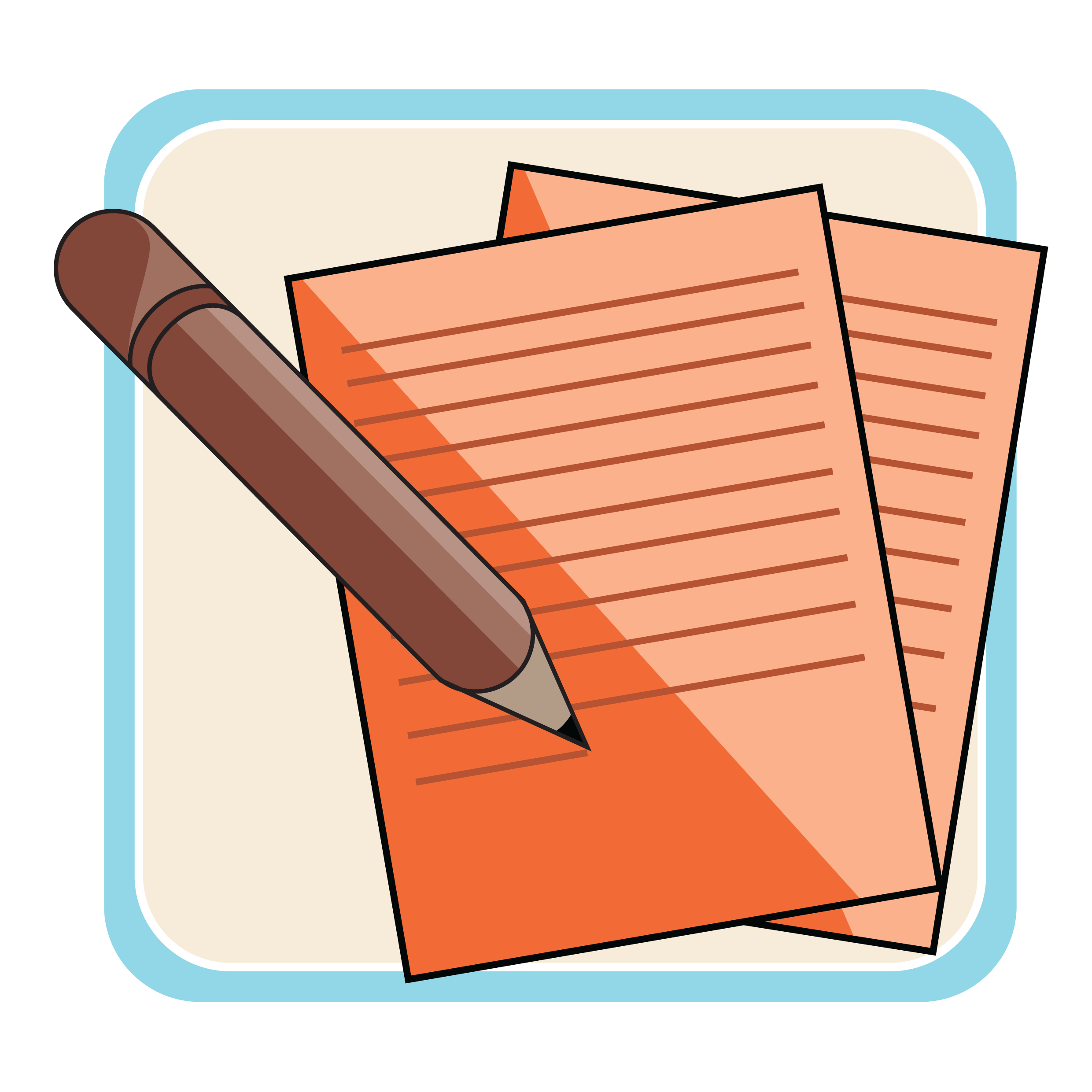Sometimes, essays and research papers are just really difficult to write. You may feel like you lack the creativity or just the motivation to get it done. Other times, you get in the zone. The inspiration strikes, and you’re able to get through the content really quickly.
But as inspired as the body of your research paper may be, your headings feel a little bland. Or worse—you can’t think of any headings at all.
Fortunately, headings can actually be some of the easiest parts of the paper once you get the hang of it. And I’m here to help you write headings in a snap with five simple tips that teach you the art of the research paper heading.
The Research Paper Heading: 5 Tips for Success
By simply following these five simple tips, you’ll be able to write one research paper heading after another to make the main ideas of your research paper easier for your readers to navigate.
Tip #1: Follow proper formatting rules

Most teachers typically choose one style guide and stick to it. The information will usually be in the syllabus or your assignment guidelines, or you can just ask. Most likely, it’ll either be APA or MLA, so those are the two we’ll talk about here.
These style guides are incredibly helpful because they make sure everything is formatted the same way. With consistent formatting, your paper becomes much easier to read.
This is going to be a quick summary of heading formatting, but if you need help with citations, references, or general formatting, check out the post below that’s relevant for your paper:
APA research paper headings
APA (American Psychological Association) formatting is used for a lot of the social sciences.
Research papers that follow this style guide are usually written as reports on experimental research, so the headings should reflect that.
But right now, we’re going to talk about how the headings and subheadings should look, not what that should say.
There are five different research paper heading levels in APA. Levels basically tell you whether something is a completely new section or a sub-section.
Here’s each APA heading level and how you should format it:
I know this table, and this information, can get a little dry, so let’s try an example.
Let’s say I was writing a research paper on the ways that hula hooping can improve a person’s health and fitness.
Some of my headlines might look like this:
Methods (Level 1)
Participant Population (Level 2)
Active adults. (Level 3)
Adults with active jobs. (Level 4)
Adults who go to the gym. (Level 4)
Moderate gym activity. (Level 5)
High gym activity. (Level 5)
Inactive adults. (Level 3)
The headings here are not very exciting, but they’re not supposed to be (more on that later). The important thing is that they are present and that they let the reader know what to expect from the content under each heading.
You don’t need to use every level. Some people get along just fine with three levels instead of five. It just depends on your content.
Bonus tip: It’s important to note that the Introduction section of an APA-style research paper never gets a heading.
Check out this example paper with APA headings to see how headings should look once applied within the text of an entire paper.
MLA research paper headings
MLA (Modern Language Association) formatting is typically used for essays and papers that deal with liberal arts and humanities topics. And like the liberal arts, it’s a bit more flexible with the rules.
MLA research paper headings can be numbered or unnumbered, as long as you keep it all consistent. If you number your headings, you don’t really have to worry about bolding or italicizing anything. But you should use headline-style capitalization.
Numbering could look something like this:
1. Methods
1.1 Participant Population
1.1.1 Active Adults
1.1.2 Inactive Adults
2. Results
If, on the other hand, you don’t want to number your headings, they’ll be formatted according to five different levels.
So here’s the same example I used in the APA formatting section, done in MLA:
Methods (Level 1)
Participant Population (Level 2)
Active Adults (Level 3)
Adults with Active Jobs (Level 4)
Adults Who Go to the Gym (Level 4)
Moderate Gym Activity (Level 5)
High Gym Activity (Level 5)
Inactive Adults (Level 3)
Check out this example paper with unnumbered MLA headings to see how headings should look once applied within the text of an entire paper.
Tip #2: Don’t get too creative
I know, the whole formatting thing can make you yawn a bit. And the actual words you use for your headings aren’t really going to be the works of creativity you may hope them to be.
Make each research paper heading clear. Trying to get too creative can do more harm than good. The point of headings for this type of assignment is to tell the readers exactly what they’ll find in the section below.
You also might want to keep your headings relatively short. This helps with scannability and clarity as well.
Now, there are a few things you can do if you start getting a little too bored. First, use alliteration. Alliterative headings can be short and to the point while still showing that you have a great command of language.
For example, the heading Active Adults in the example above is alliterative. Another example from the same research topic could include Hula Hoopers’ Health.
Something else you can do is write all of your headings last. It’s easier to come up with a heading if you already know everything that’s going to be covered in that particular section.
Tip #3: Break up your text
Research paper headings serve multiple purposes. They make it easy for your readers to scan your paper for the parts they think are most important. Headings also help you break up the text so that it’s easier to read.
We’ve all been there. We’ve all encountered a web page or essay that was just a huge wall of text. Headings give readers a short break, so they don’t get overwhelmed by so much content.
Plus, it makes it easier for readers to find their spot again if they want to take a break and come back to reading later.
Tip #4: Use parallel structure

This tip is for headings and your writing in general. Parallel structure is when you write words with the same flow. Now, I realize that some of your headings are picked out for you, but in the ones you have control over, always use parallel structure.
Look at the headings for the tips in this post as an example. They all start with a command, and none of the verbs end in -ing. You can use -ing verbs, but in that case, you should make all of them -ing verbs.
Tip #5: Know where to turn for help
Although headings can be tough for some people, they’re not impossible to master—even if you’re really unsure right now. If having a second pair of eyes on your research paper makes you more comfortable, Kibin editors are always happy to help.
Are you ready to tackle your headings head-on? Then get to writing!


